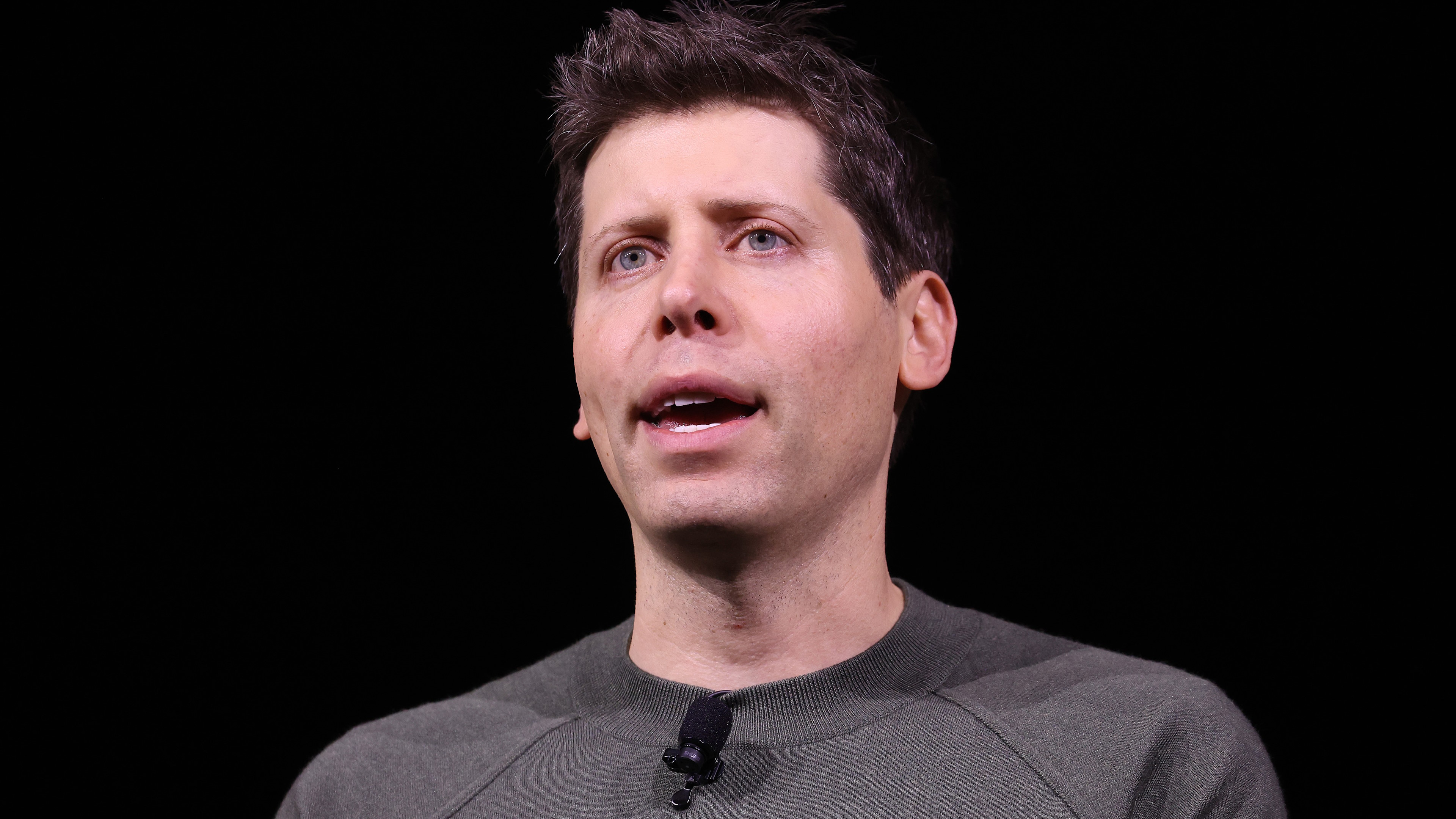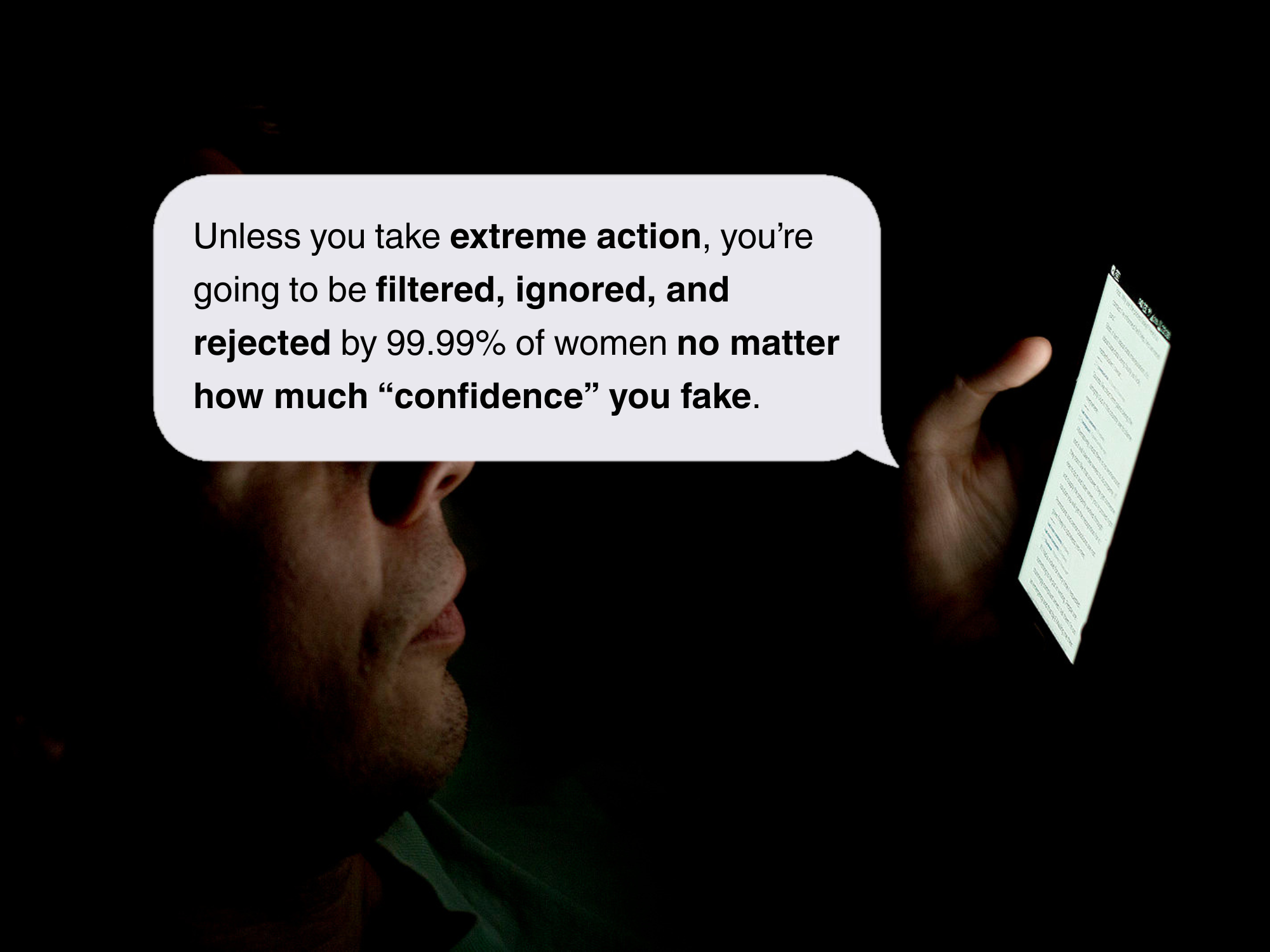Still booting after all these years: The people stuck using ancient Windows computers
-
This post did not contain any content.
-
This post did not contain any content.
Stuck or preferred choice?
Trapped using software they needed to buy once, vs rent?
-
This post did not contain any content.
Mail sorter for a company I worked for uses Windows 3.1.
My parents ancient HP from 1997, I sold the motherboard with popped capacitors for $250. I informed the buyer of the condition and he said he didn't care, he'd fix it, but they needed it for some legacy hardware their company functioned on.
-
This post did not contain any content.
At my old workplace, there was numerous XP machines still going. They were running old machine equipment, and basically served as a controller for the entire machine.
As it turns out, it was cheaper to keep these XP stations, instead of buying a completely new Hydrolic press, or whatever it was running, which cost several hundred of thousands of dollars.
One day one of these computers stopped working, and we immediately tried to get the software to work on a brand new W10 replacement. Took us a week of drivers hell, until we eventually went to the basement, found an exact replica, and swapped the HDD over.
The company, making these heavy machineries, went bankrupt in the early 2000s, and there was literally no way of getting the software to run on anything besides that original box.
-
Mail sorter for a company I worked for uses Windows 3.1.
My parents ancient HP from 1997, I sold the motherboard with popped capacitors for $250. I informed the buyer of the condition and he said he didn't care, he'd fix it, but they needed it for some legacy hardware their company functioned on.


Similarly, my Dad ran his medical office on Win98 until he died (2011).
Of course, he had no support for OS or the medical office software other than himself (and me).
Had a supplier of inexpensive old machines/parts.
All cause he refused to pay the $5k required to upgrade the medical office software that ran on those machines.

 ️
️ -
This post did not contain any content.
“Stuck”
Imagine being stuck using something that works for 30 years.
-
At my old workplace, there was numerous XP machines still going. They were running old machine equipment, and basically served as a controller for the entire machine.
As it turns out, it was cheaper to keep these XP stations, instead of buying a completely new Hydrolic press, or whatever it was running, which cost several hundred of thousands of dollars.
One day one of these computers stopped working, and we immediately tried to get the software to work on a brand new W10 replacement. Took us a week of drivers hell, until we eventually went to the basement, found an exact replica, and swapped the HDD over.
The company, making these heavy machineries, went bankrupt in the early 2000s, and there was literally no way of getting the software to run on anything besides that original box.
There's still things like that on my workplace today. I think there's some older, rarely used CNC with Win98 on the controller. We just keep spares around when they break, but that's cheaper than replacing the whole machinery. Also there's some XP stations running software for an industrial machine which would cost quarter of a million to replace. Some of those need access to network drives and such but they live in a strictly isolated VLAN.
And, as far as I've told at least, there was no option at any point to upgrade just the computers on those things. It's always the whole assembly line or whatever they're connected to. There's not many companies willing to throw hundreds of thousands every 3-5 years to replace perfectly working equipment.
-
“Stuck”
Imagine being stuck using something that works for 30 years.
Right? If it still works then it still works.
If the article was talking about anything other than tech/software, we’d be praising its longevity.
-
At my old workplace, there was numerous XP machines still going. They were running old machine equipment, and basically served as a controller for the entire machine.
As it turns out, it was cheaper to keep these XP stations, instead of buying a completely new Hydrolic press, or whatever it was running, which cost several hundred of thousands of dollars.
One day one of these computers stopped working, and we immediately tried to get the software to work on a brand new W10 replacement. Took us a week of drivers hell, until we eventually went to the basement, found an exact replica, and swapped the HDD over.
The company, making these heavy machineries, went bankrupt in the early 2000s, and there was literally no way of getting the software to run on anything besides that original box.
I set up a 32 bit Windows 7 VM so my dad could keep using his old drawing program that was built for Windows 3.11.
It was the last version of Windows to support 3.11 compabillity.
Works well.
-
Right? If it still works then it still works.
If the article was talking about anything other than tech/software, we’d be praising its longevity.
It really depends what its used for.
Anything that is public facing would never work without constant maintenance and upgrades, be it a computer OS or some complex piece of hardware.
-
At my old workplace, there was numerous XP machines still going. They were running old machine equipment, and basically served as a controller for the entire machine.
As it turns out, it was cheaper to keep these XP stations, instead of buying a completely new Hydrolic press, or whatever it was running, which cost several hundred of thousands of dollars.
One day one of these computers stopped working, and we immediately tried to get the software to work on a brand new W10 replacement. Took us a week of drivers hell, until we eventually went to the basement, found an exact replica, and swapped the HDD over.
The company, making these heavy machineries, went bankrupt in the early 2000s, and there was literally no way of getting the software to run on anything besides that original box.
I'd like a law that software / hardware companies who file for bankruptcies must release the source / files for their tech to an open source repository.
-
This post did not contain any content.
I was tearing out ancient infrastructure for a new office and my eye kept going to a rectangular square box on the wall. Finally realized it was a PC! The cause of death was clear, PSU fan died, killed itself from heat. It was a form factor I had never seen, but standard nonetheless. It was running an answering machine system in DOS, still worked! Such a rare machine I've only found a single reference on the web and a single video about it. 1999, 486XS (I know, would kill for a DX, it's soldered on), upgraded from 2x 2MB SIMMs to a whopping 2x 64MB SIMMs. Imagine what that would have cost in the day!
LONG story, but I got it running Windows 95b. 3.1 was just too much challenge to get it networked and happy. Much pain was removed when I got a USB floppy emulator. Can't do jack without a floppy! Broke the network card drivers, need to start over. Had it running Doom with a legit SoundBlaster card and could RDP into over the network.
It was an amazing journey getting it all together and updated. Most of that knowledge is gone from the internet, and I sure don't remember all the tricks. Going to be my first token ring machine! LOL, had to get parts from Romania and trash cans.
-
This post did not contain any content.
People keep saying to keep these XP machines off the internet. I seriously doubt there's much threat, especially for even older OS's like 98 and 95. It's the very devil just trying to browse with them, nothing much out there is going to be able to attack them. Security through obscurity indeed!
In any case, we're no longer in the Wild West days when people had machines hooked directly to the internet and a firewall was a third-party addon. LOL, ZoneAlarm anyone!
We all have a basic firewall built into our routers so unless you deliberately expose services you're fairly bulletproof to scanners. I remember scanning for Win2000 machines in blocks of IPs, long after it was defunct. Plenty were out there!
-
People keep saying to keep these XP machines off the internet. I seriously doubt there's much threat, especially for even older OS's like 98 and 95. It's the very devil just trying to browse with them, nothing much out there is going to be able to attack them. Security through obscurity indeed!
In any case, we're no longer in the Wild West days when people had machines hooked directly to the internet and a firewall was a third-party addon. LOL, ZoneAlarm anyone!
We all have a basic firewall built into our routers so unless you deliberately expose services you're fairly bulletproof to scanners. I remember scanning for Win2000 machines in blocks of IPs, long after it was defunct. Plenty were out there!
You are forgetting targeted attacks. A blind attack would pretty much not have much of an effect indeed, however if the attacker knows the machine, then it's easy for the attackers to exploit these vulnerability if left "out in the open", and cause havoc, possibly create a lot of damages or leech informations pumped into those machines via old Windows installations.
-
“Stuck”
Imagine being stuck using something that works for 30 years.
And now you got a virus and it doesn't work anymore.
-
Right? If it still works then it still works.
If the article was talking about anything other than tech/software, we’d be praising its longevity.
I mean, you could read the article. Many users are unhappy with the performance or reliability.
-
You are forgetting targeted attacks. A blind attack would pretty much not have much of an effect indeed, however if the attacker knows the machine, then it's easy for the attackers to exploit these vulnerability if left "out in the open", and cause havoc, possibly create a lot of damages or leech informations pumped into those machines via old Windows installations.
For a business sure.
You wanna hack my dnd campaign and some pictures of my cock? Sure whatever dude. All financial and important shit goes through my phone anyway and that's likely to be hacked from the institutions I use.
-
This post did not contain any content.
I would totally hang with that lady in the thumbnail lol
-
I would totally hang with that lady in the thumbnail lol
Depends if the photo was taken recently or at the time W95 was around...
-
This post did not contain any content.
Instead of using old proprietary shit you could use Linux or *BSD with a vintage desktop environment and have a blast
Something I noticed is that basic users (someone using a fucking 30 y/o OS is definitely one) have an easier time with *nix because most "technical" people are overfitted and brainwashed to the Micro$uck ecosystem
-
OpenAI just launched its new ChatGPT Agent that can make as many as 1 complicated cupcake order per hour, but even Sam Altman says you probably shouldn't trust it for 'high-stakes uses'
Technology 1
1
-
-
-
-
-
-
-
OpenAI featured chatbot is pushing extreme surgeries to “subhuman” men: OpenAI's featured chatbot recommends $200,000 in surgeries while promoting incel ideology
Technology 1
1




